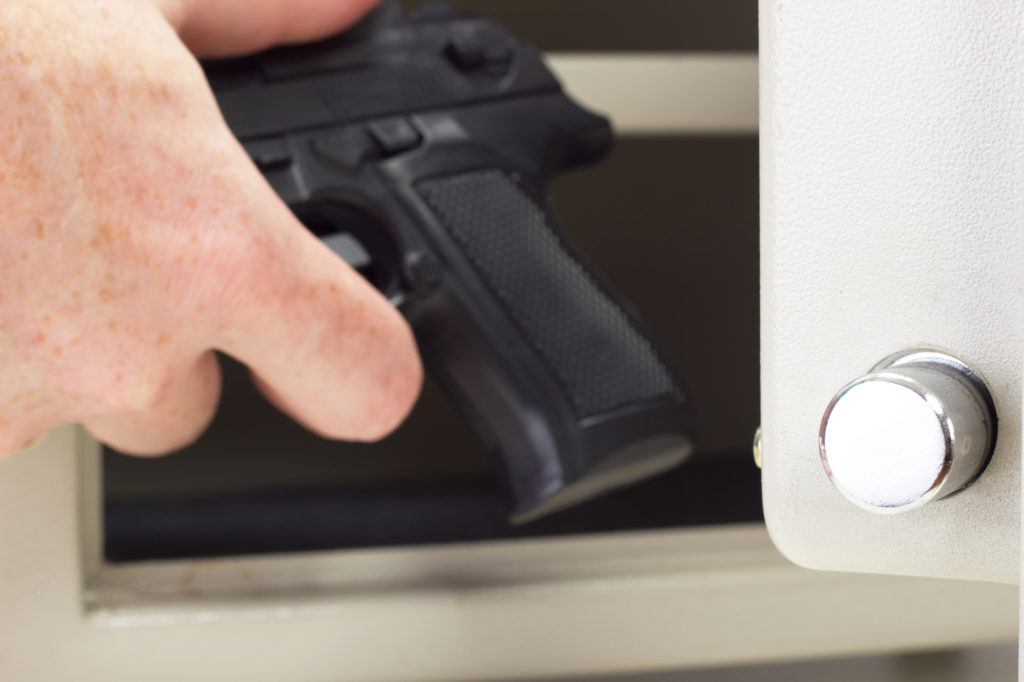Carrying a firearm for personal protection is a choice that comes with some hefty obligations. Some of the greatest of those are associated with carrying your firearm safely and responsibly. Doing so requires learning some new habits and then actively maintaining them. New carriers will need to obtain and adjust to these new daily habits, but even experienced carriers can become complacent and let their once sharp habits become routine and sloppy.
The following is a list of things to think about:
Training. Merely purchasing a gun and an inexpensive holster does not make you a qualified and safe concealed firearm carrier. Good quality training is required, to learn how to properly draw, shoot, reload or clear malfunctions – that is only the beginning. Low light training, active shooter response, effective use of cover, and especially (especially!) situational awareness are all topics that demand ongoing training and practice.
Practice. When I was young I played several musical instruments. Put one of those instruments in my hands now and will I be able to make some sounds? Sure thing, but truly perform music like I once was able to? No way. Of course, the reason is lack of practice. Shooting, like music and a host of other skills, is perishable. Maintaining your shooting skill requires accommodating some time your schedule to practice. And this includes dry practice!
Printing. A concealed firearm should remain concealed, and this oftentimes limits fashion choices. Warm weather seasons in particular can be challenging. Every concealed firearm carrier needs to check the mirror before they head out for the day in order to guard against printing.
I was in a popular outdoors retailer a while back and noticed two men who were barely concealing their strong-side, OWB holstered firearms at all. They each wore a T-shirt with an unbuttoned casual shirt over the top. The open front and flimsy material did absolutely nothing to disguise the handguns on each of their hips. My first reaction was a positive one, that others were also taking responsibility for their safety, but that quickly turned to something close to horror and embarrassment as I observed their behavior. I don’t think they gave a moment’s thought to concealment but rather seemed to be trying to bolster their own egos by displaying their cool little “toys”. This is not the right attitude to have.
Not Carrying. On the other side of that spectrum is choosing to not carry at all. Our culture needs people who are willing to take responsibility for their safety and others. There are times when fashion necessities make carrying difficult – you aren’t likely to be armed while swimming! My “friends” from the retailer were at least willing to take this step, and were dressed in such a way that effective concealment absolutely could have been possible had they given it more attention.
Adjusting. Finding an effective concealment option for you also includes keeping the whole system secure and intact. If a concealed carrier is frequently adjusting a belt, a strap, pulling a shirt down, etc. it greatly diminishes the concealment effect.
Keeping up with the law. Of all the obligations that accompany carrying a firearm for protection, practicing fundamental safety is the greatest, but a close second is keeping up with the law. Justifiable use of force and firearms laws in general need to be top of mind for a concealed carrier. Just as staying fundamentally safe with a firearm is a moral and ethical duty, so is staying within the law.
It is easy to become complacent and lose one’s focus. Unfortunately when complacency involves a firearm, the consequences can be disastrous. If you are a concealed firearm carrier, or you are considering making that choice, please keep this list of items in your mind and practice good habits to maintain your proficiency and discretion while carrying concealed.


